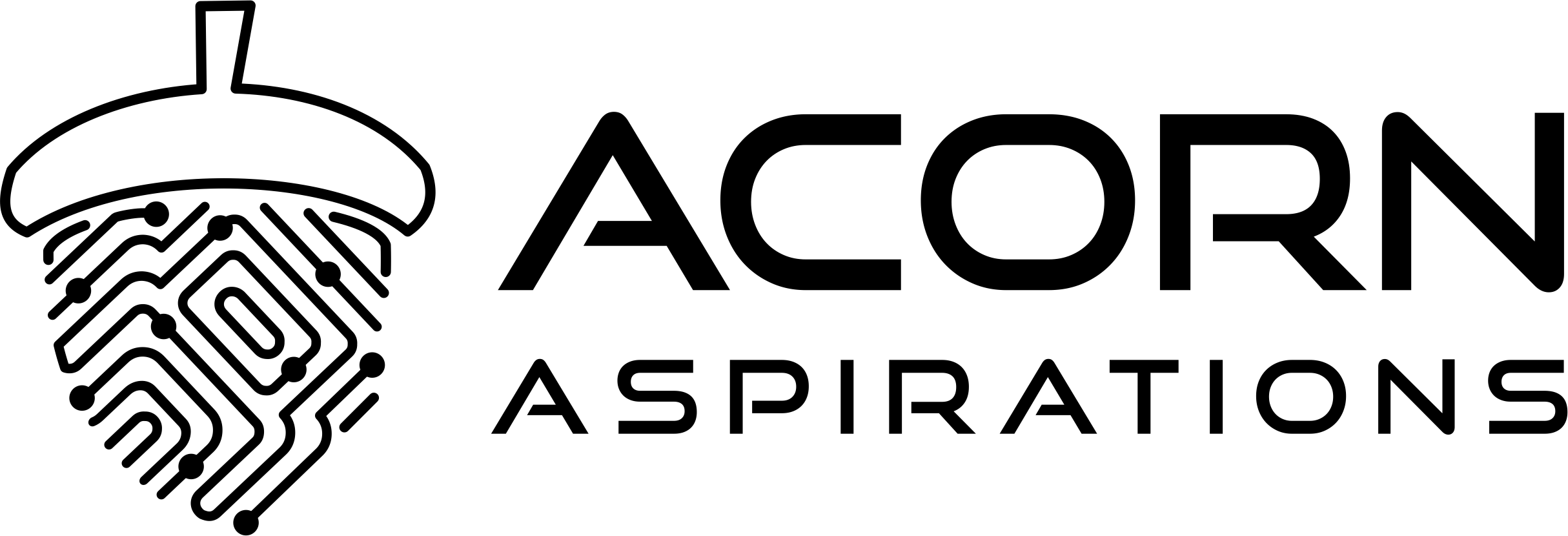hen I was initially asked to help out and support an event being run by Acorn Aspirations, I was apprehensive. The event, a hackathon aimed at young women who want to get into technology careers seemed like a wonderful an important thing to focus on, but me teaching teenagers?!. I’ve had a career working for large organisations and big brands in corporations. I’ve presented and run hackathons with design teams at John Lewis, but teenagers?! I’ve not been around as many young people since I was at secondary school.
In preparation, I dropped in on WOW talks day an event that one of the hackathon organisers Aga was speaking at for teenagers. I was struck at the energy buzzing around the room and how only a skillful speaker would be able to keep and maintain the audience’s focus. A little intimidated, but inspired, I signed up to help.
Myself, Aga and Naomi from Acorn Aspirations, had a brief Skype chat a few days before to outline the event and align our thinking. The challenges in working for the startup and education sector varies from large enterprise. There is less preparation time, but more freedom to be really creative, and spontaneous responding hour to hour to different needs as they emerge. Learning to go with it, react and pivot on the day would be essential.
Day 1
About 40 teenagers, arrived at 10am on a sunny saturday morning at Entrepreneur First‘s trendy warehouse style office/studio. We kicked things off with a brief overview of the event followed by an introduction from teenagers who had bought an idea that they would like to develop.
These ideas varied from photo finders for photographers and film location hunters, homework revision apps and fashion outfit finders. The remaining participants, were invited to jump on the idea that inspired them the most.
The Mentors
Vital to the success of the event was the mentors these were slightly older teenagers who had volunteered their time to support each team. Hot from their #acornaccelerator2016 experience this summer their experience showed, and they demonstrated a familiarity with this rapid way of working. They helped guide the team through each sprint, leaning a variety of skills from strategy, graphic design and coding.
The brief
Their brief was to design, develop, test, validate and pitch their concept as well as what they believed the next steps would be, by the end of the 2nd day. It was important that they learn about Agile and Scrum principles, some useful tools and all in an interactive fun way.
Acorn Aspirations kicked off with workshops covering how to pitch, ideate, run design critiques and basic coding skills. We stressed the importance of ensuring they are solving an identified problem rather than just creating a fun solution. Whilst it would take a few moments to get their attention, they would listen intently and with surprising focus.
After lunch, we structured the teams into 1 hour sprints, with each sprint having a focus and expected outputs. This ensured they were able to effectively manage their time and be walked through a healthy design process.
Day 1 Agenda
Registration
9:45am – 10:00am
Welcome and Introduction
10.00am – 10.10am
Ice-breaker and team formation
10:10am – 11:00am
Teams pitch and mentor allocation
11:00am – 11:30am
Ideation workshop
11:30am – 12:30pm
Lunch
12:30pm – 1:15pm
HTML/CSS workshop
1:15pm – 2:00pm
SPRINT 1 – Problem
2:00pm – 3:00pm
SPRINT 2 – Solution
3:00pm – 4:00pm
SPRINT 3 – Testing
4:00pm – 5:00pm
End of day 1
We issued each table with test cards, value cards and design brief templates. Their output for sprint one was to complete the the design brief and validate the idea they had using a test card.
The design brief was a template we used in an earlier workshop to help focus the team on what they were creating.
The test card ensured that teams would have to articulate their hypotheses and determine what they were going to measure. It was great to see how creative they were in terms of validation. Most of the teams would run tests in the room, asking questions from friends and other participants with short surveys.


